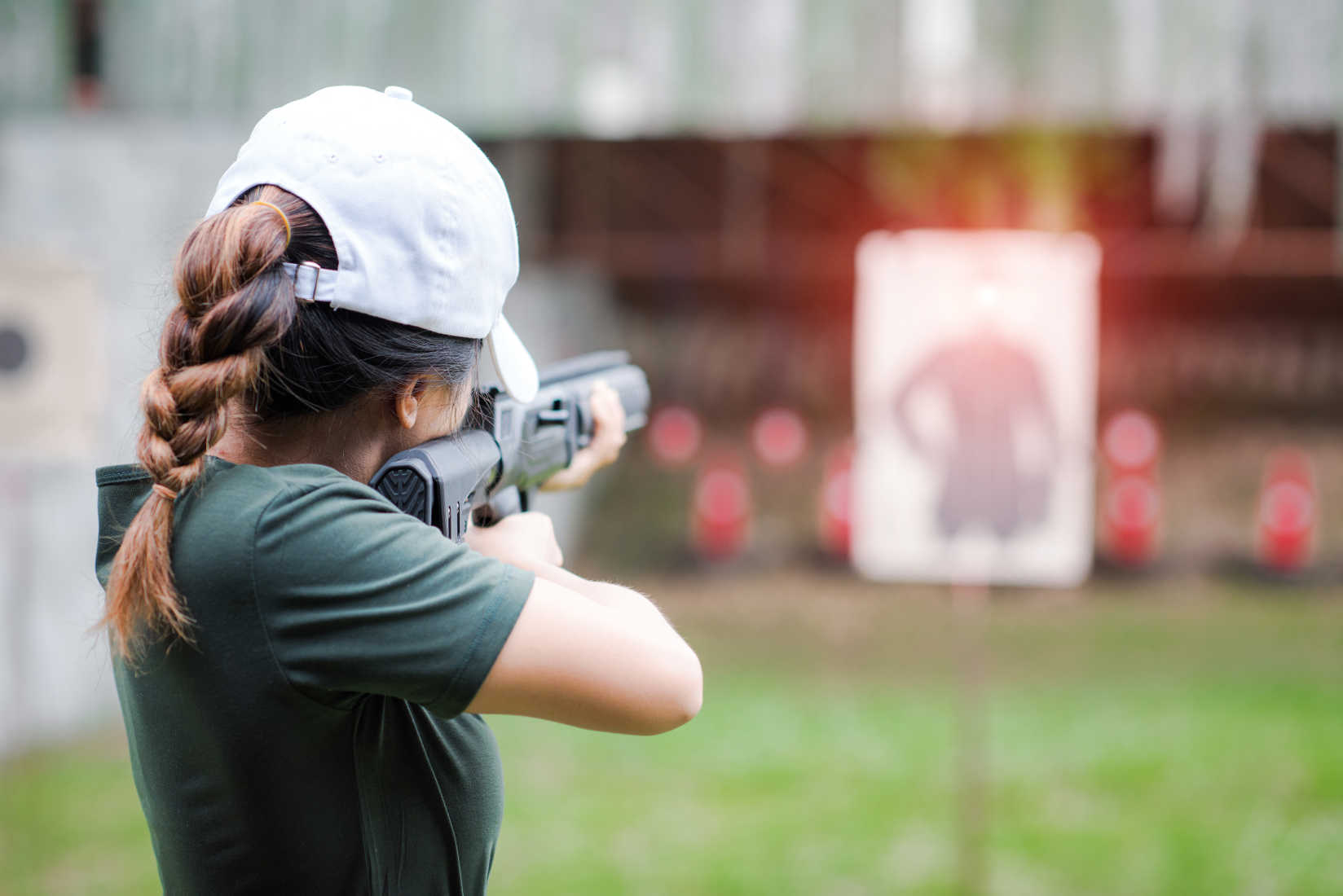By: Randy Tucker
Your first gun, like your first fish, creates a lifetime memory.
In my case, it was a Coast to Coast bolt action .22. I’d shot my dad’s 20-gauge Remington 870 and my grandfather’s Harrington and Richardson single shot 20 gauge, but the open sight, .22 was the first gun I could truly call my own.
I started plinking immediately. In the 1970s, you could find specials at the local gun shop and all the retail stores, including grocery stores in those days, on common calibers and gauges of ammunition.
For 50 cents, just a penny a shot, you could wander the hills all day for not much money.
The problem with my .22 is that it didn’t shoot straight. No, I don’t mean I didn’t shoot straight, the gun itself was off by about three inches at 50 yards.
If you held directly on a target, it was always high and to the right, three inches from the bullseye at a 45-degree angle.
I hit the same spot one afternoon target shooting with my dad and started to complain about the poor sights on the rifle. His advice was the best I’ve ever had when it comes to shooting accurately:
“You’re always high and to the right, so aim low and to the left,” he said.
I tried it and bam! I was on target for the next dozen shots.
The only problem with this kind of adjustment is that it is range specific. At 25 yards, I was off in the other direction, at 100 it was anyone’s guess where the bullet hit.
A few years later, I solved the problem with an inexpensive, fixed four-power, Tasco scope.
Once I sighted it in, you could drive in nails at 50 to 75 yards consistently, but the iron sights still bothered me.
The .22 was the kind of gun that friends borrowed often. During one of those trips, the iron sights “mended” themselves. I’m not sure who did it or what they did, but when the old scope finally gave out, the iron sights were right on target. It remains a pleasant mystery.
Shooting is a sport that requires guidance to safely begin, but demands practice to perfect the art.
My grandfather was an excellent shot as well and specialized in hitting birds on the wing. As a pre-teen youngster I went with my dad, his cousins, and my grandpa bird hunting in the broken cotton country and traditional woods of Arkansas.
I watched grandpa pick off a quail in flight and marveled at his accuracy.
“How did you do that?” I asked.
He grinned and said, “Kentucky windage.”
He went on to explain that you don’t aim where the bird is, but where it’s going to be. A lot like throwing a football to a receiver running away from you.
Over the years, both bits of advice have come in handy. I’ve adjusted for long shots on deer and antelope by estimating distance and elevating my shot.
There are range finders and height adjusting scopes that do that now, but the old sport of estimating was much more of a challenge.
Bird hunting doesn’t come with those gadgets: it’s still you, the bird, the wind, and how well you can manage all those factors in your head in just a split second.
No one has invented a device as effective as shooters’ instincts yet, and I doubt they ever will.
Good advice, followed through with a lot of practice, always produces positive results.
Randy Tucker is a retired history teacher and freelance writer from western Wyoming. He has a lifetime of experience in farming, ranching, hunting and fishing in the shadow of the Wind River Mountains. Contact him at [email protected].

